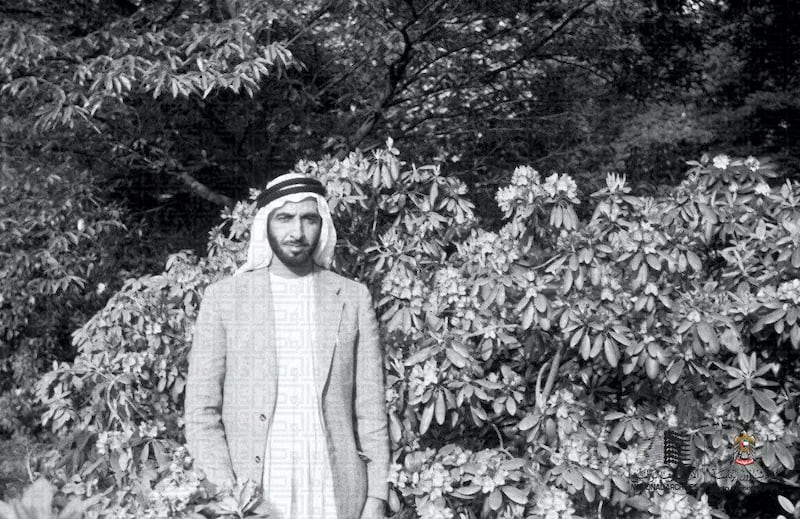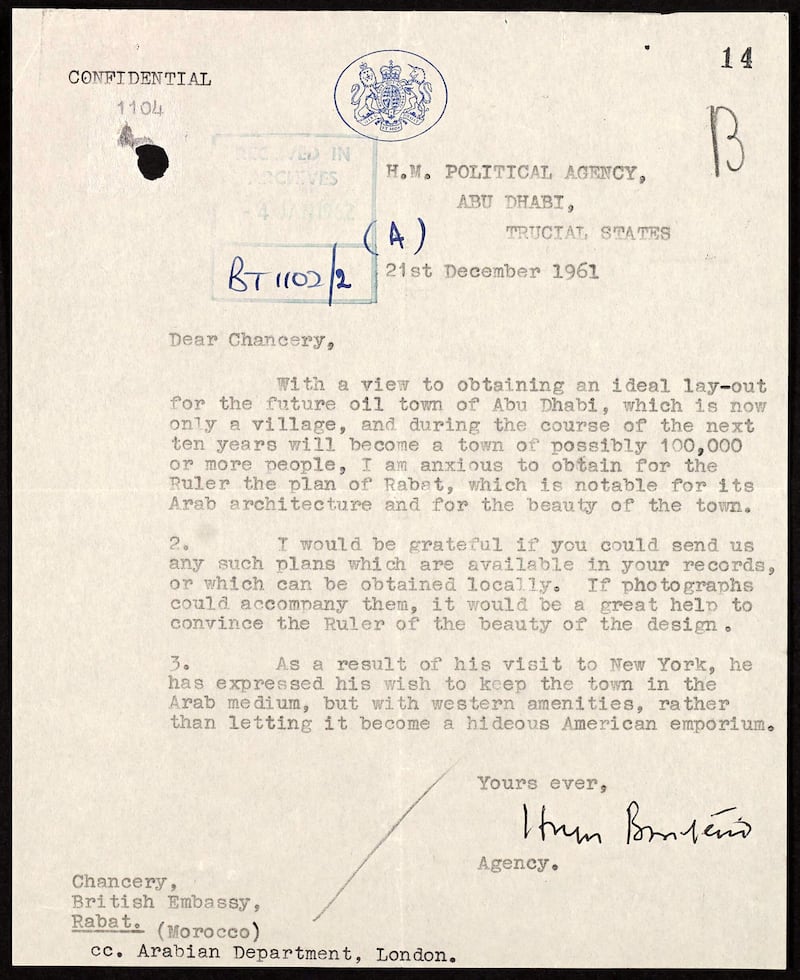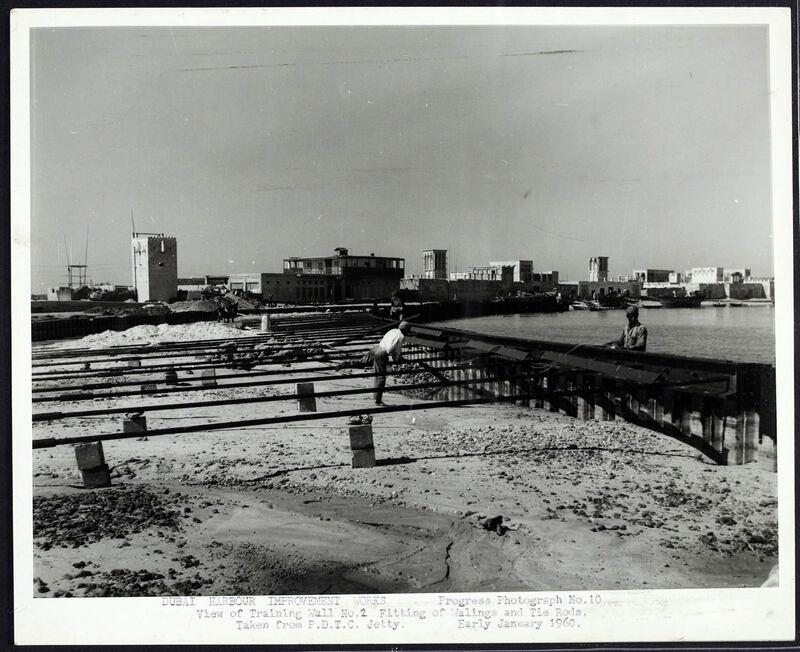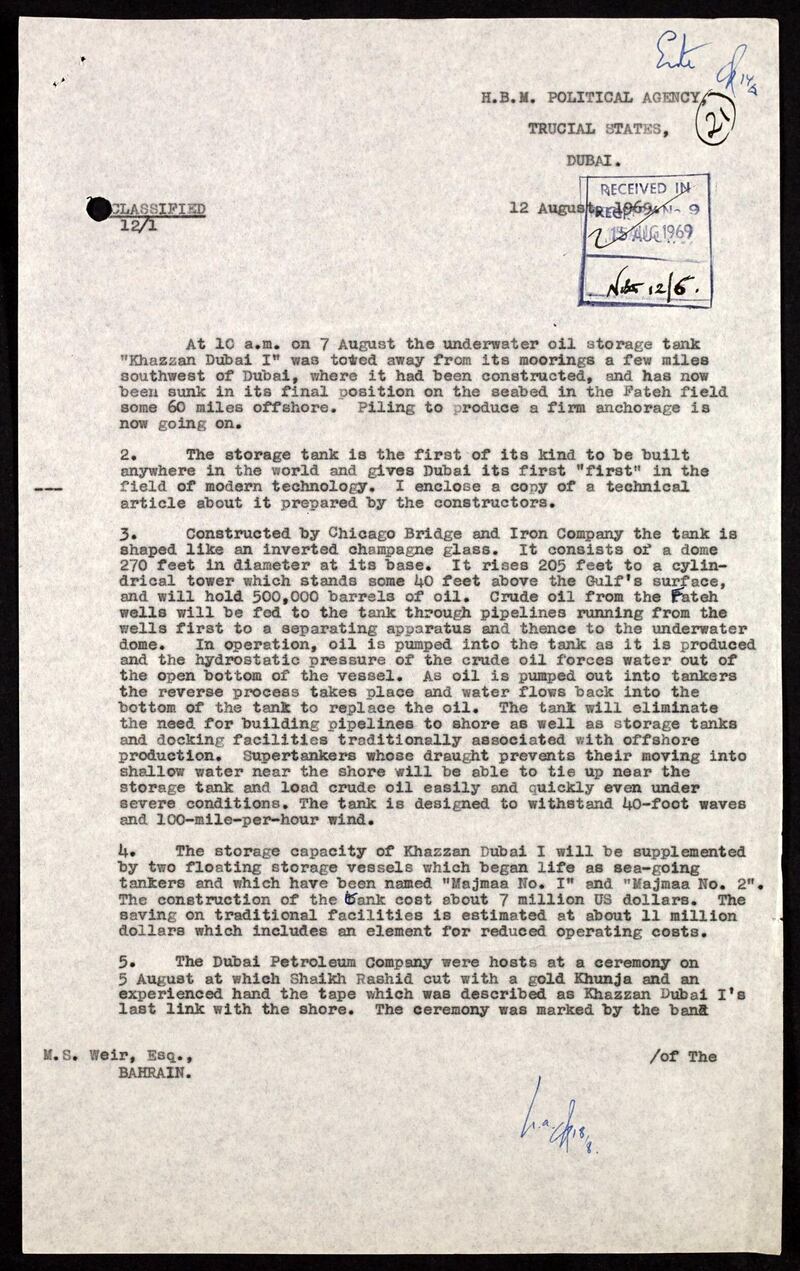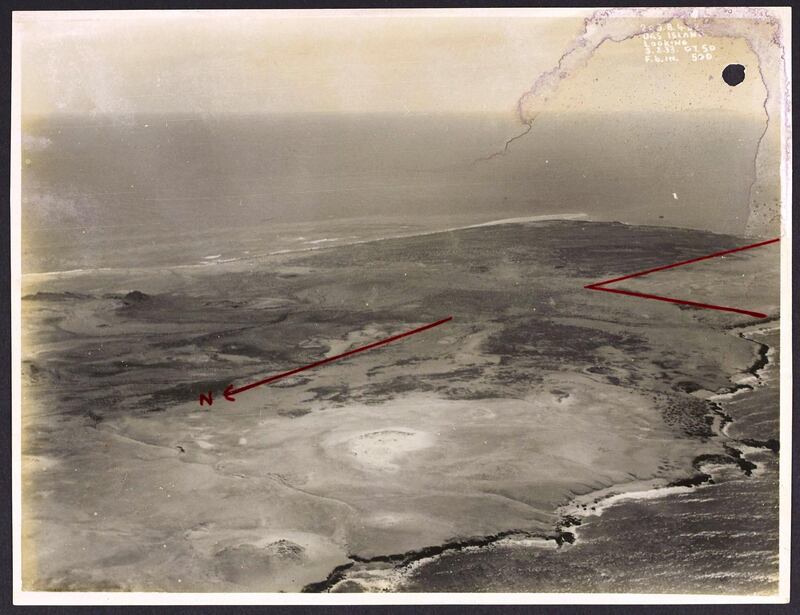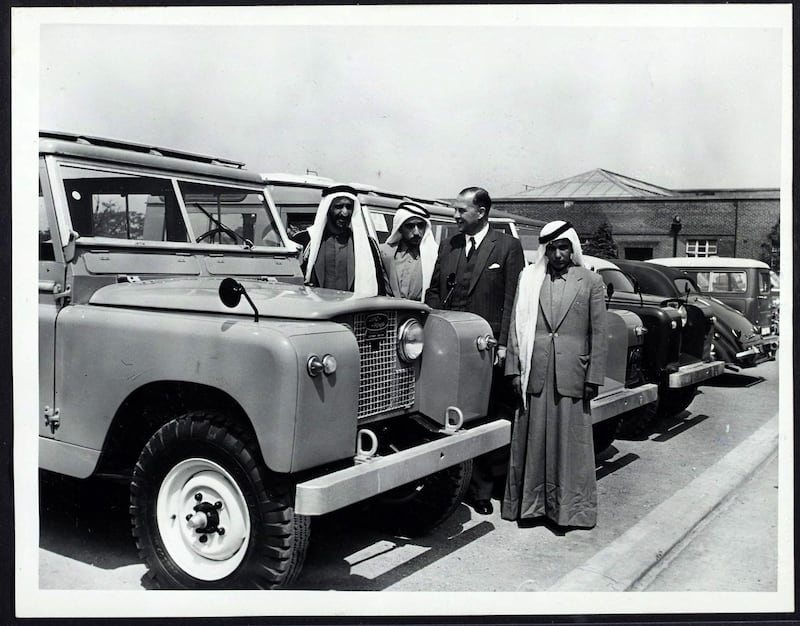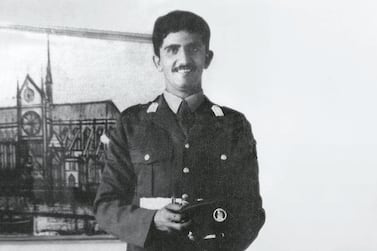In an ordinary paper folder lies a faded sheet of paper. Typed, stamped and marked confidential, it offers a remarkable glimpse at how life in Abu Dhabi was about to transform.
Dispatched on December 21, 1961 by the British political agent in Abu Dhabi, Hugh Boustead, it suggests Rabat as a proposed model for a future Abu Dhabi city.
It was sent by Boustead, a type of early ambassador, to the British embassy in Morocco and outlined how Sheikh Shakhbut, Ruler of Abu Dhabi, might be enamoured by the architecture of the Moroccan capital.
Sheikh Shakhbut had just returned from America and the letter suggests he did not want modernisation to erode the character of Abu Dhabi.
“As a result of his visit to New York, he has expressed his wish to keep the town in the Arab medium, but with western amenities, rather than letting it become a hideous American emporium,” Boustead notes.
The letter was sent just a few years after oil was found. And for years, it was accessible only to people who spent hours sifting through dusty file boxes in London.
But thanks to the Arabian Gulf Digital Archive - a major new digitisation project between the UAE and the UK - the document is freely available online for anyone to view and download.
The online portal contains 250,000 priceless archives. The majority are text documents and come from British foreign office files about the Gulf but photographs and video footage from the UAE are also included.
“We were thinking about doing this for a long time,” said Abdulla Al Raisi, director general of the UAE’s National Archives.
“Researchers and decision makers need to be able to reach any document in the fastest and easiest way. This is accessible to all and will benefit all.”
Work on digitising the documents began two years ago and the collection that has gone online is vast. Letters, treaties, maps and telegrams chart 200 years of intrigue, political strife, war, independence and progress. It would take researchers months to go through them all but some catch the eye immediately.
Several sheets of paper, stamped with official seals and signed between the British and the rulers of the Arabian Gulf sheikhdoms changed the course of history forever.
The “general maritime treaty of 1820” was signed at Ras-ool-Kheimah on January 11, 1820 by Shakhbut bin Sultan of “Aboo Dhebbee” and put an end to piracy in the seas, established the Trucial States and laid the foundations for the modern-day UAE.
By the 1950s, Das Island had become an important forward operating base for the search for oil. But rare aerial photos of the Gulf waters from 1930 pinpoint Das Island even then as of immense strategic importance.
Another remarkable set of photographs also shows the late President, Sheikh Zayed, on a visit to New York in 1957.
Sheikh Zayed was then the Ruler’s Representative in the Eastern Region and the images show him casually walking around the city. Other photographs chart the rapid changes taking place across the region from dredging work in Dubai Creek to the opening of Abu Dhabi’s new airport in the late 1960s.
“Some documents we had to rescan, translation was hard and there were also issues of sensitivity. But it is a magnificent achievement,” said Mr Al Raisi.
There are also plans to expand the amount of documents available to include more maps from the Arabian Gulf.
"It is a fantastic treasure trove,” said chief executive and keeper of the UK’s National Archives, Jeff James.
“We’ve never collaborated before on such a large scale in terms of digitisation and online access.
“A huge swath of documents that otherwise you could only view in the reading rooms [in London] can now be viewed for free."
